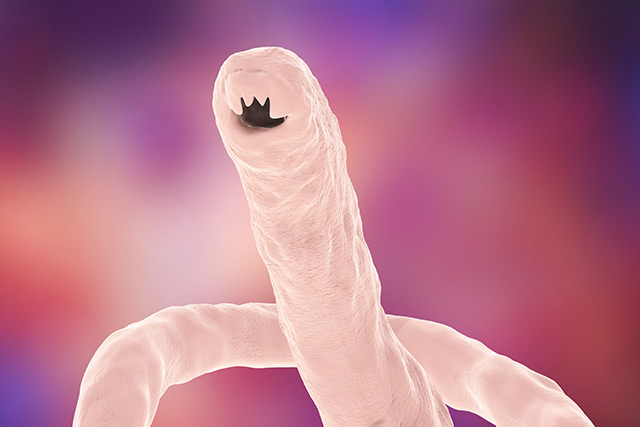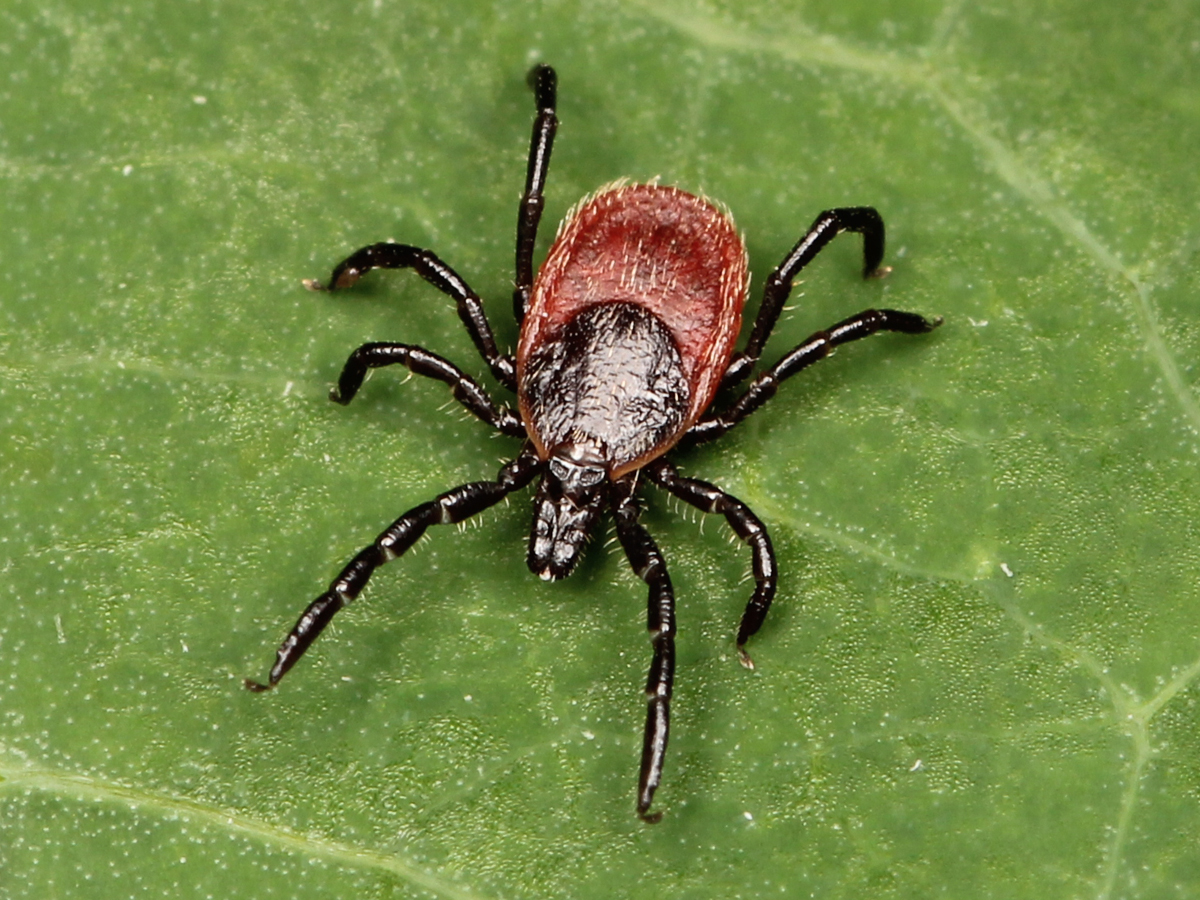Unwanted hitchhikers: Canadian couple brought home hookworms from the beach
02/05/2019 / By Edsel Cook

When coming home from a long trip to a scenic beach in the Caribbean, one expects to bring home happy memories and interesting souvenirs. For an unlucky Canadian couple, it was hookworms and the illnesses associated with those parasites that they took home with them.
Katie Stephens and Eddie Zytner first noticed the itching feeling in their feet during the frenetic week they spent at the lovely resort town of Punta Cana in the Dominican Republic. But the couple thought the symptoms were caused by the insect bites prevalent in the region.
Things began to take a turn for the worse after they returned to Canada. Stephens and Zytner’s itching feet proceeded to swell over the course of several days. Painful blisters and bumps and ugly red rashes followed soon after.
Worried about the deteriorating condition of their lower extremities, the couple visited several medical professionals. One expert was finally able to diagnose their grotesque medical condition as a case of cutaneous larva migrans.
More commonly known as creeping eruption, CLM is a disease instigated by larval hookworms burrowing underneath human skin. The parasites leave red tracks in their wake as they travel around the upper layers of the skin.
What are hookworms?
According to the Centers for Disease Control & Prevention, hookworms are parasitic nematodes whose larva live in soil or sand. The tiny creatures enter their hosts by burrowing through the unprotected skin in the feet.
The hookworms that infested Stephens and Zytner’s feet were one of several species that use cats or dogs as their primary hosts. The most likely suspect was Ancylostoma braziliense, the most common species in southern America and a common cause of creeping eruption.
Hookworms like A. braziliense can infect humans who sit or walk barefoot in sand or soil that contain feces from infected dogs and cats. When they enter the bodies of their hosts, the creatures begin a long and damaging trek through various vital organs and systems until they reach the small intestine. Once there, they sexually mature and reproduce. Their eggs exit their ill hosts through feces deposed on the soil, where they hatch into larva that await new victims.
Fortunately for Stephens and Zytner, humans are not the primary hosts for A. braziliense. Having evolved to infest the internal organs of canines and felines, the hookworm larva normally last only six weeks in the very different environs of the human body before dying off.
Cutaneous larva migrans can also be eliminated with the proper anti-parasitic medicine. (Related: Are you anemic? It may be bedbugs.)
“All this just from walking barefoot on the beach,” Zytner lamented in a Facebook post.
The couple learned their painful lesson. Now recovering from her unexpected bout with creeping eruption, Zytner warned against succumbing to the romantic temptation of walking on the beach without proper shoes lest one wanted to pick up unwanted hitchhikers in the form of hookworms.
“Anyone travelling…check with your resort and see if the beaches around you are cleaned regularly. And it’s best to wear shoes on the beach as much as possible,” she urged.
Sources include:
Tagged Under: beach trip, Caribbean, creeping eruption, cutaneous larva migrans, hookworms, infections, infectious disease, nematode, outbreak, parasites, vacation



















